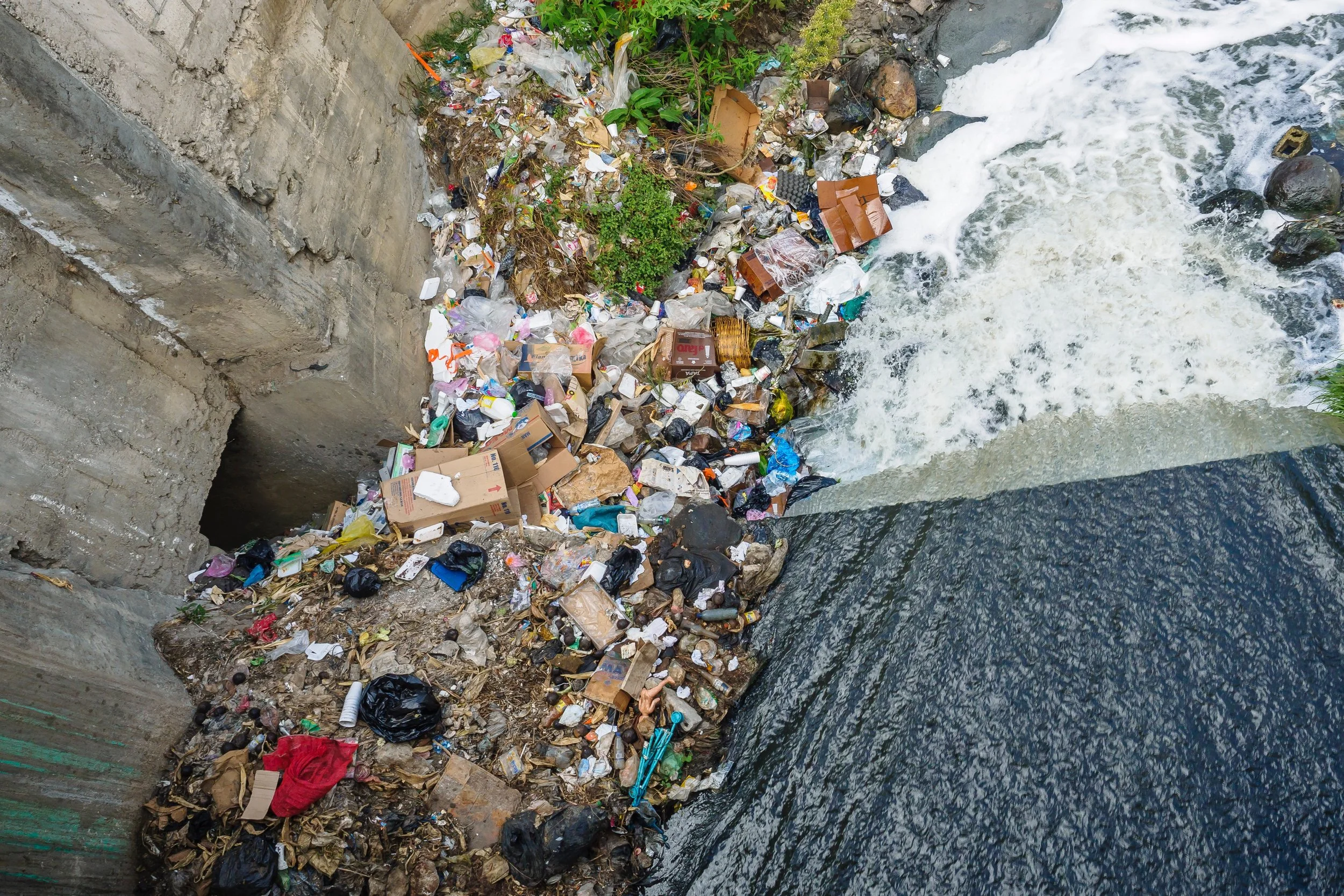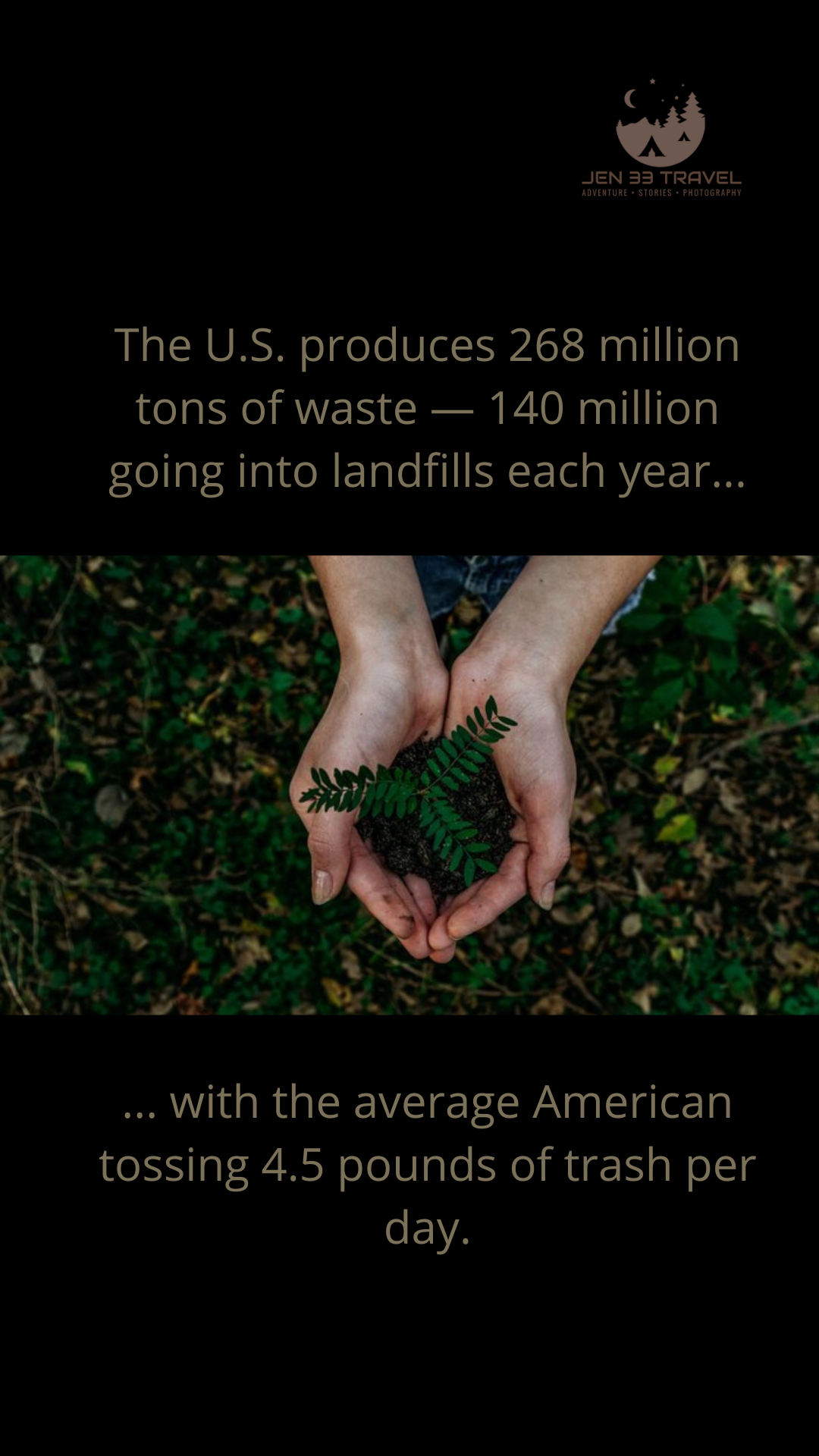Asbestos Recycling
The Ability to Change a Dangerous Cancer Causing Mineral to Harmless Glass
Some of you probably know that I work for a law firm that focuses on mass tort litigation, a term most people have never heard of, including me until I first started working there 10 years ago.
I had already been a paralegal for about 15 years at that point but on my first day on the new job, my boss took me to lunch and started talking about PSCs, MDLs and JCCPs.
I pretended to understand not having a clue what he was talking about as panic set in… Fast forward 10 years though, and here I am still.
Mass tort litigation is where multiple plaintiffs (sometimes thousands) from all different states, have claims for injuries suffered from the same tortious act.
However, the degree of injury varies so much that they can’t proceed as a class action. So, the court coordinates them, chooses a venue and appoints lead counsel to prosecute the action and start conducting exemplary trials one by one until settlement can hopefully be reached for everyone collectively.
This saves judicial resources in matters where a single plaintiff quite simply can’t afford to go after big corporations given the expense of litigation and risks involved.
One such case is for asbestos exposure and mesothelioma.
Mesothelioma – practically a death sentence. Yet, almost completely preventable had it not been for asbestos being so widely used in the past.
I guess you are wondering why I’m bringing this up so let me get to my point before I lose you…
I was recently approached by someone at Mesothelioma Hope who had read a few of my articles about protecting our planet. She told me about something I’d never heard of … asbestos recycling. Meaning no longer sealing it and throwing it into landfills.
Asbestos is a naturally occurring mineral valued for its heat and fire-resistant properties, making it a great electrical insulator that became widely used in construction all over the world at one point in time. However, in the 1970s, people began to realize the health hazards it poses.
When construction, demolition, mining, and manufacturing release asbestos into the environment, it contaminates the air which gets inhaled, our water sources where it can be ingested, and our soil where if disturbed it gets redistributed into the air.
This can lead to lung cancer, mesothelioma and other severe health conditions.
Eventually, asbestos was prohibited from being used in construction in most countries, but a problem remained – now what? What do you do with all of the asbestos already out there?
Incredibly, we now have the ability to safely recycle it. Interestingly, it’s not recycled in the classic way you might think of like paper, plastic and glass. Recycling asbestos uses high temperatures to actually change its composition. The fibers change into HARMLESS glass or ceramic fibers which are then safe to use for other purposes including making road and construction materials instead of dumping it in landfills.
With landfill space running out, burying huge quantities of anything, including asbestos, is a rapidly growing problem and nuisance.
With over 3,000 active landfills in the United States, as much as 1.8 million acres of habitat have been lost. They’re among the biggest contributors to soil pollution? Yet, roughly 80% of the items buried in landfills could be recycled… including asbestos.
Many areas now prohibit dumping asbestos or limit the percentage of asbestos that can be found in construction materials being left. Yet, it continues to be a threat through non-compliance and loopholes.
One of the reasons for that is the cost of recycling. However, just like anything else, the more we can bring awareness to the problem, the more likely it is people will comply in recycling it.
With compliance comes greater demand leading to price drops, innovation that can make it more cost effective and a greater need for this viable option.
Additionally, the sale of the glass the recycling process creates also helps lower overall future costs of recycling as it gains popularity.
So, here I am bringing a little awareness…
Read More…
10 Things You Can Do to Help Save This Planet - small changes across homes nationwide by people like you and me can have a profound effect on the environment.
10 Plastic Free Products You’ve Never Thought to Try - in fact you’ve probably never heard of some of them.













